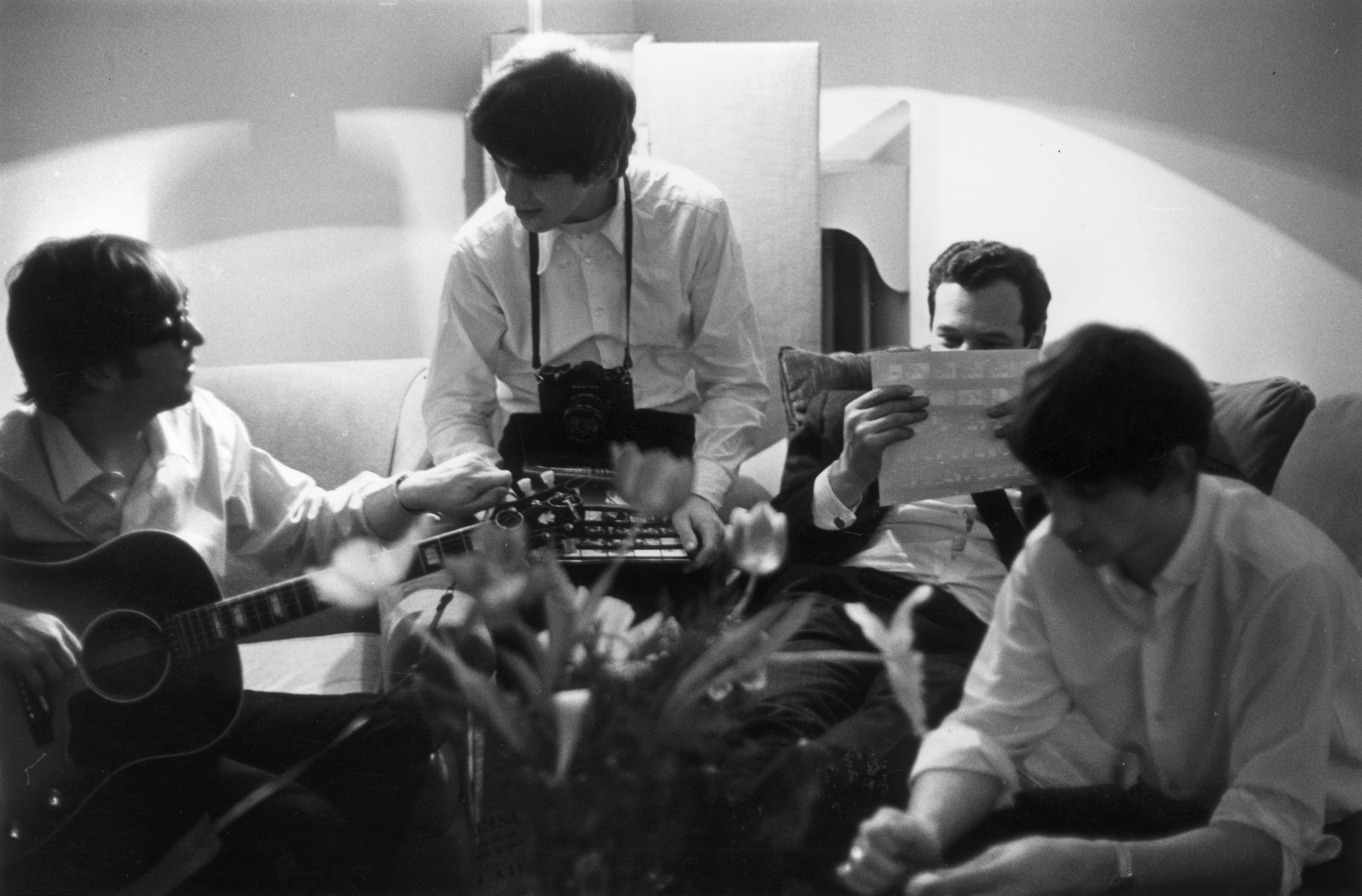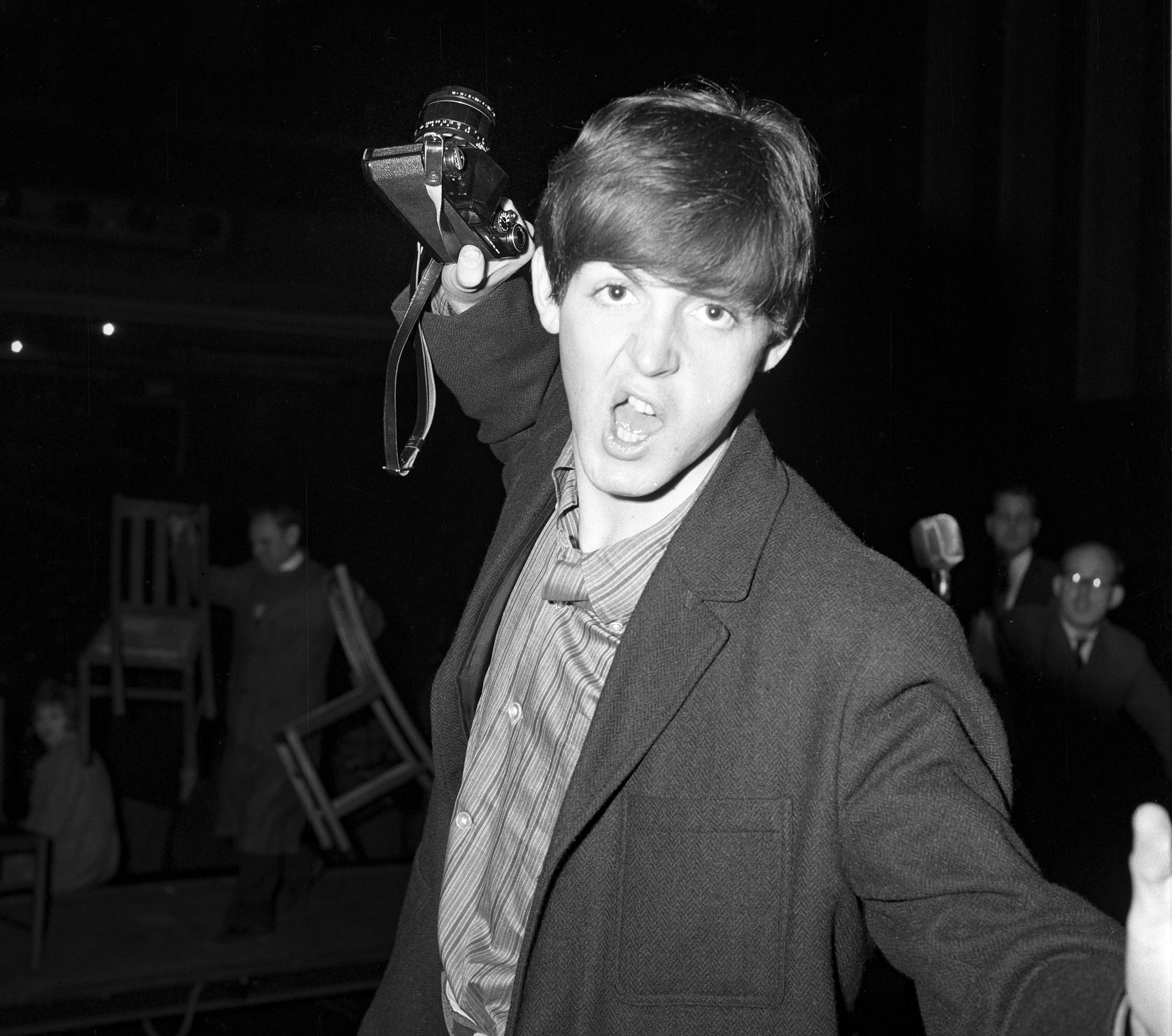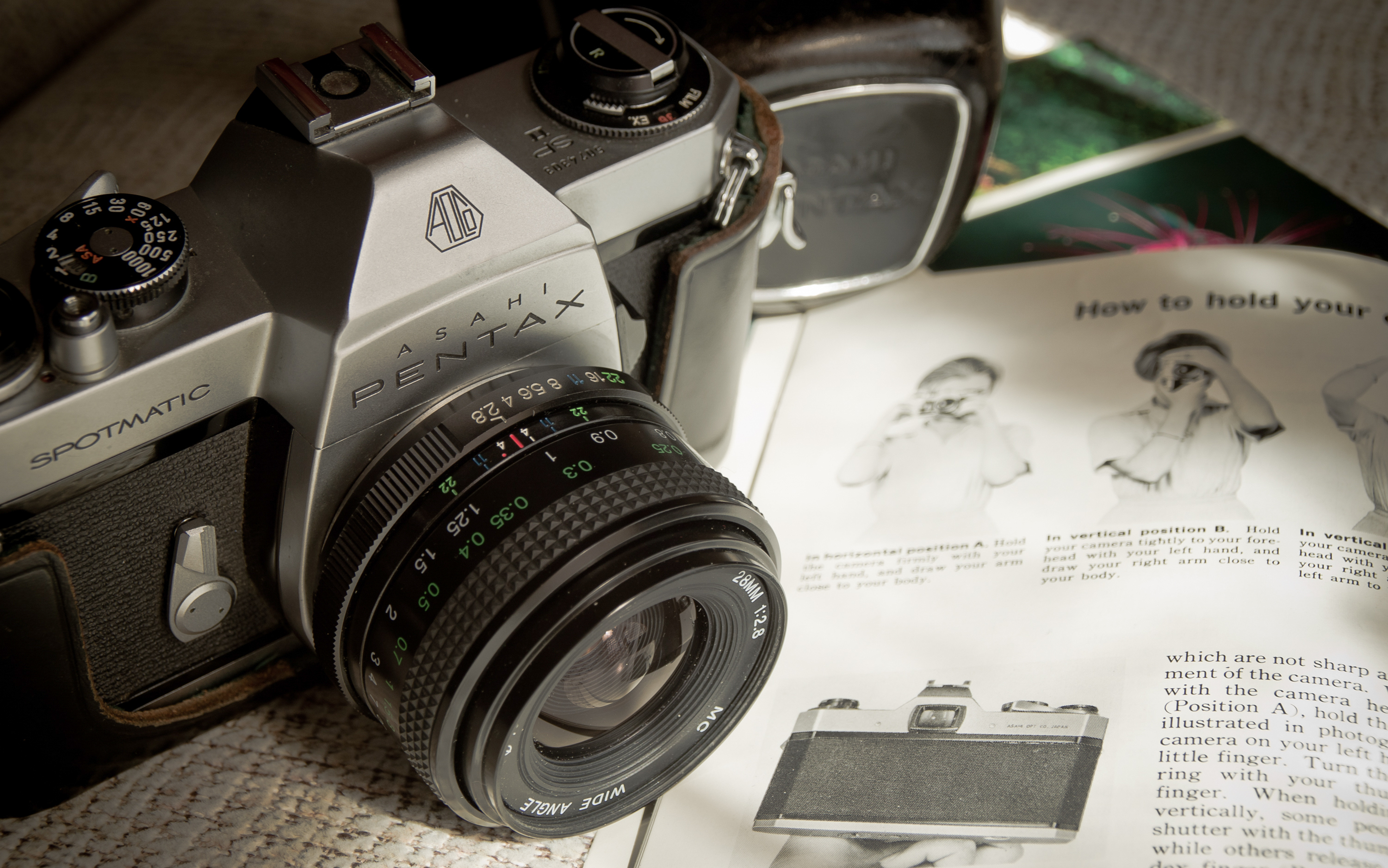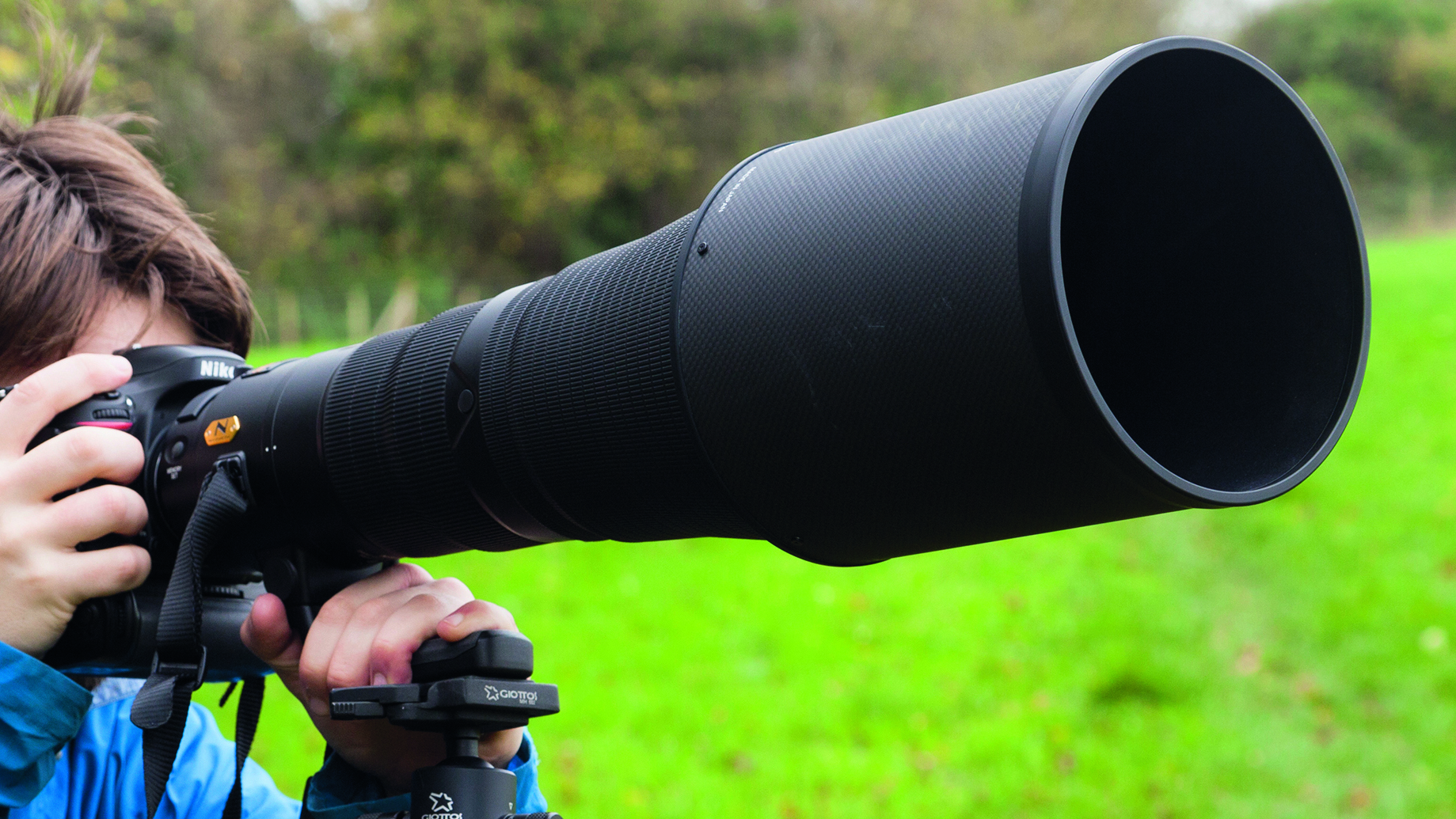How The Beatles helped turn the Pentax Spotmatic into an iconic camera
The Pentax SLR had huge influence on a generation of photographers - including the Fab Four

Of all the likely millions of pictures taken of The Beatles, the most significant for the camera industry depicted the Fab Four clutching Pentax Spotmatics. In fact, there are many photos from the early 1960s showing Paul, John, George and Ringo with various Asahi Pentax 35mm SLRs and appears these cameras were most likely private purchases, but
by the time the Spotmatic arrived in 1964, the commercial opportunities of such an association were just too good to miss. The Beatles were global stars and the Spotmatic quickly became one too, taking Pentax to the top of the sales charts and popularising the 35mm SLR. For the next couple of decades the Japanese camera industry’s fortunes would be built on the 35mm SLR.
The genesis of the Spotmatic dates back to 1950 and the start of the development of the Asahiflex, remarkably the first ever camera made by Asahi Optical. The first 35mm SLRs had appeared before the second World War, starting with the Kine Exacta in 1936, followed by the Praktiflex in 1939 and the Contax S in 1948, made by the now East German (and state-owned) VEB Zeiss Ikon. This camera was significant for the introduction of a fixed eye-level viewfinder using pentaprism optics which made it very much more convenient to use. The Asahiflex (now known as the Asahiflex I) stuck with a waistlevel finder when it was launched in May 1952, but with a Galilean viewfinder alongside, albeit uncoupled. The first Japanese-made 35mm SLR, the Asahiflex I established a reputation for reliability (the Contax S was notably fragile) and affordability.

The next big step came in May 1957 with Asahi Pentax which not only had a pentaprism viewfinder, but other conveniences such as a rapid-wind film advance lever and a crank-handle for quicker film rewinding (both replacing the traditional knobs). It also had the instant-return reflex mirror mechanism that Asahi Optical had introduced in late 1954 with the Asahiflex IIB. Furthermore, it adopted the 42 mm screwthread mount (M42) which had been first used in the Contax S and, nearly a decade later, was becoming as universal as any fitting would ever become.
The scene was set for the next big step and, at the 1960 Photokina, Asahi Optical showed off a prototype 35mm SLR called the Spot-Matic. The name was derived from the camera’s built-in spot metering which used a CdS (Cadmium Sulphide) light measuring cell mounted on an arm that positioned it in the centre of the viewfinder to take through-the-lens (TTL) readings. The Spot-Matic also had a new focal plane shutter capable of 1/2000 second and, most interestingly, a bayonet lens mount. All of these innovations were abandoned by the time the camera went into production in 1964, but it was still called the Spotmatic (now without the hyphen). Rightly so, Asahi Optical had concluded that spot metering would be problematic (ahem) for most users and devised a new TTL system using a pair of CdS cells located either side of the viewfinder eyepiece to take fully-averaged readings. It wouldn’t be until 1975 that a bayonet lens mount made an appearance on a Pentax 35mm SLR (the KX, KM and K2) and until 1979 for a 1/2000 second top shutter speed (ME Super).

Nevertheless, the first Spotmatic – also called the SP – was greater than the sum of its parts and a huge success almost instantaneously. By 1966, Asahi Optical had sold one million of them and, for the next three years, Spotmatic production exceeded the total output of 35mm SLRs from Canon and Nikon combined. It wasn’t the first 35mm SLR with built-in metering – that was the Topcon RE Super from 1963 – but it was the first to put all the key elements together in such a competent, capable and comfortable way. More efficiencies followed with the addition of a flash hotshoe to the Spotmatic II in April 1971, followed in the October of that year by open aperture metering (i.e. eliminating the need for stopping down) and, a world first, aperture-priority auto exposure control. This model was called the Electro-Spotmatic early on and then badged simply ES. The Spotmatic name was also dropped from the last-of-the-line SP which remained in production until early 1977, thus outlasting the short-lived trio of K series bayonet mount models. Total Spotmatic production topped four million units.
It’s very likely that the Spotmatics would have still been massively successful without the link with The Beatles, and certainly Paul, George and Ringo were using Pentax 35mm SLR cameras before the SP was launched. Paul’s many photographs from 1963 and ’64 are now an exhibition called Eyes Of The Storm (with a companion book titled 1964: Eyes Of The Storm).
Get the Digital Camera World Newsletter
The best camera deals, reviews, product advice, and unmissable photography news, direct to your inbox!
A book of Ringo’s early photography – titled simply Photograph – was published in 2015 and in it he comments, “At one time, we all had cameras. I think we all bought a Pentax in Japan the first time we went there.”
Both ex-Beatles have continued to be keen amateur photographers, just like so many others whose first experience of a ‘serious’ camera was a Pentax Spotmatic model. They have also been used by many famous photographers, among them Cecil Beaton, Sebastião Salgado, David Bailey (his well-used ES featured in a Pentax ad), Nadav Kander and Australian Magnum Photos member Trent Parke.
Iconic, then, on many levels.

Paul has been writing about cameras, photography and photographers for 40 years. He joined Australian Camera as an editorial assistant in 1982, subsequently becoming the magazine’s technical editor, and has been editor since 1998. He is also the editor of sister publication ProPhoto, a position he has held since 1989. In 2011, Paul was made an Honorary Fellow of the Institute Of Australian Photography (AIPP) in recognition of his long-term contribution to the Australian photo industry. Outside of his magazine work, he is the editor of the Contemporary Photographers: Australia series of monographs which document the lives of Australia’s most important photographers.
